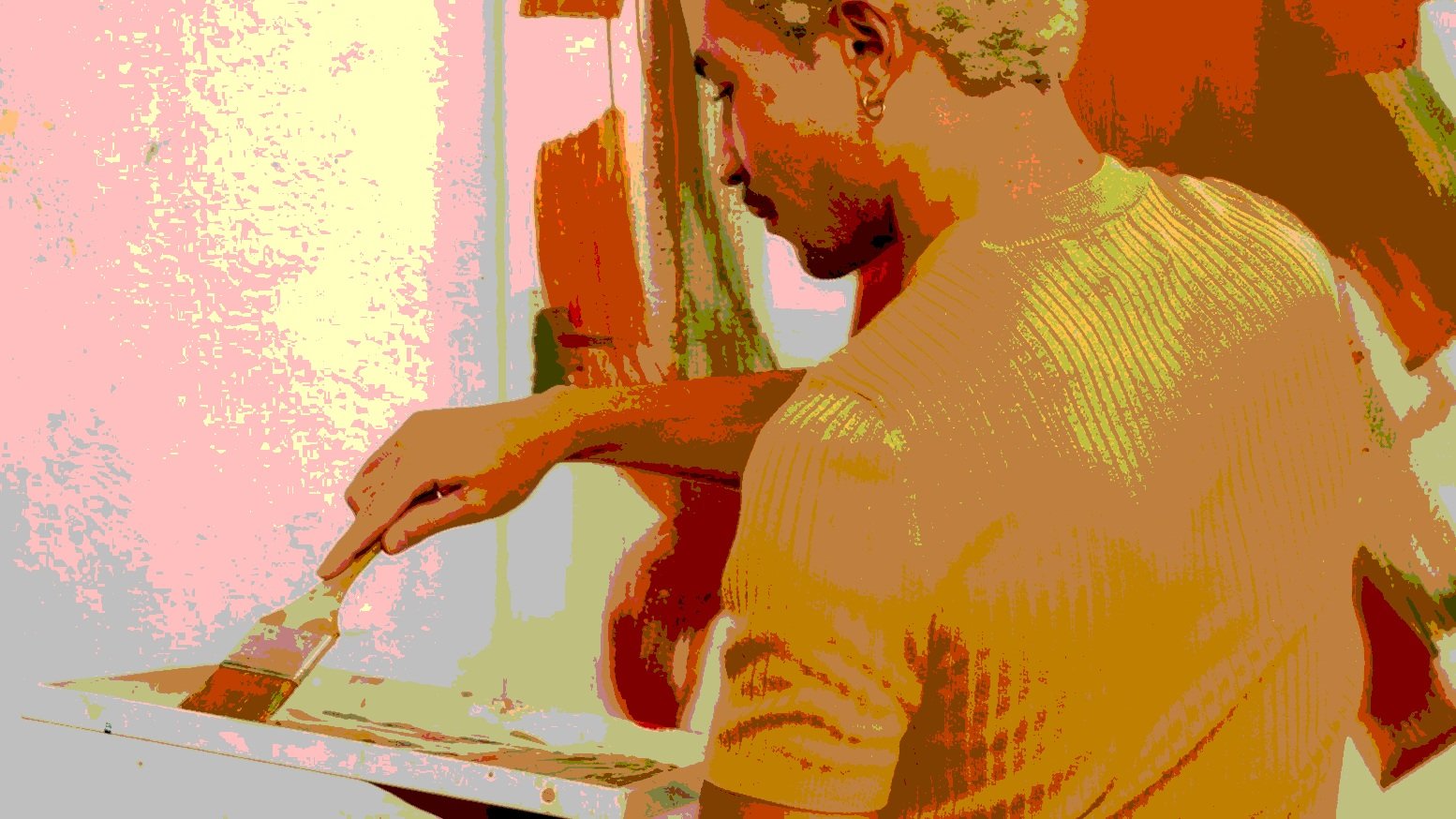The Architectural Genius of Paul R. Williams

By August Gold, republished from WokeWeek.Org
Building a Life Upside-Down: The Architectural Genius of Paul R. Williams
In the annals of architectural mastery, Paul Williams' story stands as a testament to persistence, talent, and the profound irony of crafting masterpieces in neighborhoods where one could never take up residence.
Born in 1894 in Los Angeles, Williams was orphaned by the age of four. Despite the hardship, the young African American boy nurtured an ambitious dream: he wanted to design buildings. Little did he know he would grow up to break racial barriers and redefine American architecture.
Williams' teachers tried to dissuade him from his architectural aspirations, warning him of the challenges he would face as a Black man in a predominantly white field. But Williams was not one to back down. In 1923, he became the first Black architect to become a member of the American Institute of Architects.
When it came to interacting with white clients, Williams had to navigate the racial bias of his time. Since he couldn’t sit next to his clients, he developed an unusual skill: he learned to draw upside down. This way, he could sketch across the table, maintaining professional decorum while displaying his artistic brilliance.
While racial segregation was legally enforced through documents like the Racial Restrictive Covenants, Williams got his break from a white developer named Charles C. Chapman. Chapman recognized Williams' talent, and this partnership paved the way for the young architect to enter the exclusive world of LA's elite home design.
Williams soon made a name for himself as an architect who could seamlessly blend various architectural styles. He designed over 3,000 structures ranging from private homes to public buildings, and his clientele was a veritable who's who of Hollywood.
One of his most iconic designs was the futuristic Theme Building at the Los Angeles International Airport. Looking like a spacecraft on stilts, it perfectly captured the space-age optimism of the 1960’s. Williams also left his mark on the music industry by designing the Beverly Hills home of Frank Sinatra in 1956, a stunning example of mid-century modernism.
His genius didn't stop at the doors of the rich and famous. He also designed affordable housing projects for communities of color, notably the Langston Terrace in Washington D.C. Despite his success, the segregation laws meant he couldn’t live in the upscale neighborhoods he helped create, an irony not lost on Williams, as told by this NPR story.
Williams' unwavering spirit saw him continue to break barriers. In 1957, he became the first Black person to receive the AIA’s Gold Medal, one of the architecture profession’s highest honors. However, the true testament to his legacy is not in the awards he won, but in the architectural landscape he helped shape.
Whether it's the glamorous houses of Hollywood's golden era or the iconic structures dotting the cityscape, Paul R. Williams left an indelible mark on American architecture. More than that, his life serves as a beacon for those facing adversity, a message that talent and persistence can build more than just buildings – they can build a legacy.







